Study finds blood-derived bacterial metabolites that dampen inflammation and collagen breakdown in lab models.


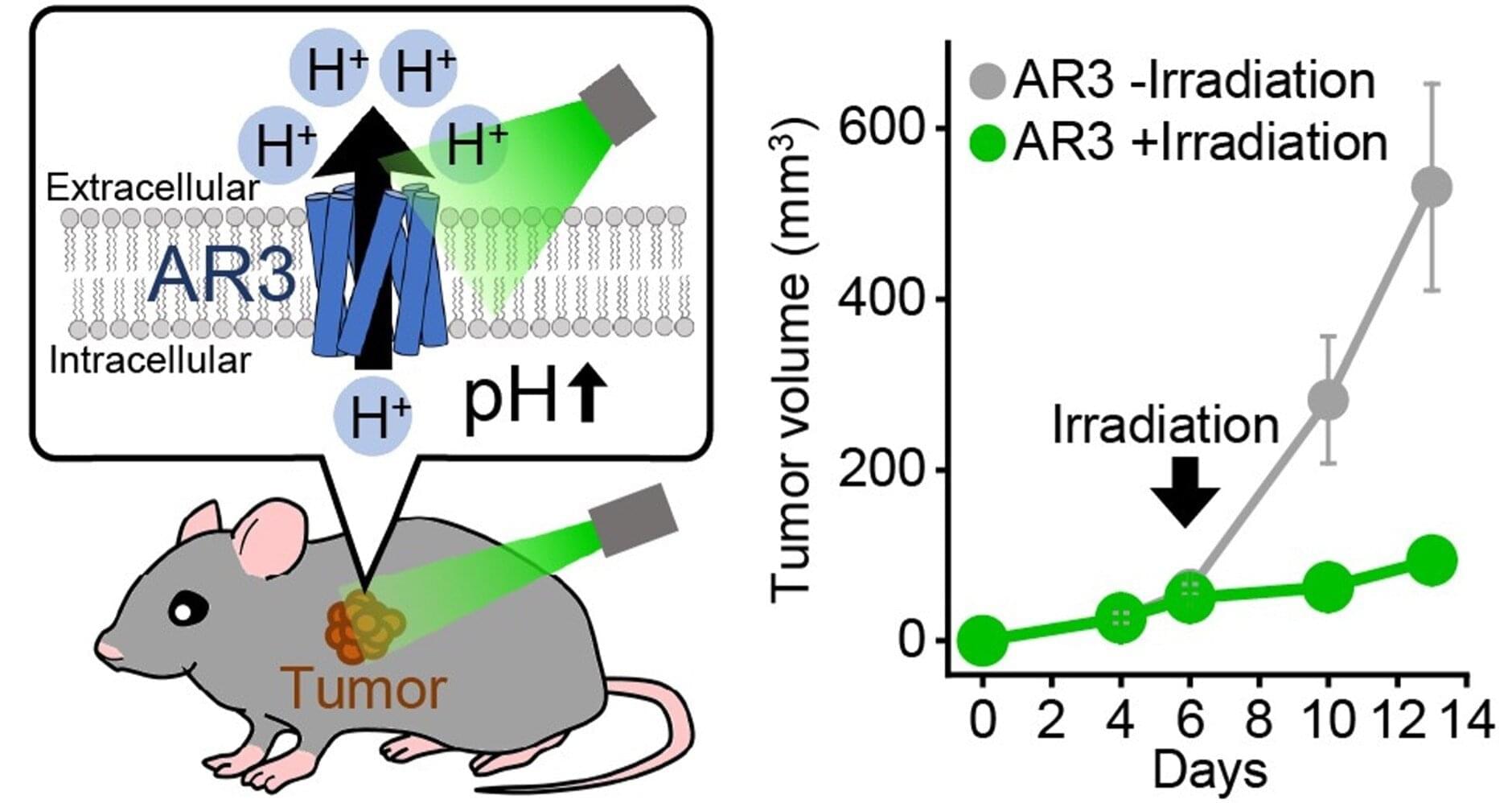
One of the hallmarks of cancer cells is their ability to evade apoptosis, or programmed cell death, through changes in protein expression. Inducing apoptosis in cancer cells has become a major focus of novel cancer therapies, as these approaches may be less toxic to healthy tissue than conventional chemotherapy or radiation. Many chemical agents are currently being tested for their ability to trigger apoptosis, and researchers are increasingly exploring light-activated molecules that can be precisely targeted to tumor sites using lasers, sparing surrounding healthy tissue.
Cancer cells have mitochondria that supply energy for rapid growth and division, but an overly alkaline environment is thought to disrupt mitochondrial function, leading to apoptosis.
A microbial protein called Archaerhodopsin-3 (AR3) may hold the key to alkalinity-induced apoptosis. When exposed to green light, AR3 pumps hydrogen ions out of the cell, increasing alkalinity, disrupting cellular functions, and eventually inducing apoptosis.
Discover the four major turning points that reshape your brain. From childhood sharpening to late-life resilience, watch how your brain rewires itself through life. Learn the science behind cognitive peaks, aging, and brain health, and uncover the hidden timeline of your mind’s transformation. Don’t miss this deep dive into how the brain evolves over a lifetime.
#childhood #brain #science #wion.
About Channel:
WION The World is One News examines global issues with in-depth analysis. We provide much more than the news of the day. Our aim is to empower people to explore their world. With our Global headquarters in New Delhi, we bring you news on the hour, by the hour. We deliver information that is not biased. We are journalists who are neutral to the core and non-partisan when it comes to world politics. People are tired of biased reportage and we stand for a globalized united world. So for us, the World is truly One.
Please keep discussions on this channel clean and respectful and refrain from using racist or sexist slurs and personal insults.
Check out our website: http://www.wionews.com.

The bumpy trajectory of human aging may have a tipping point as we enter our twilight years, a new study has found.
Past the age of around 75, our bodies can no longer easily recover from injury or illness – a sharp decline in resilience that comes with a corresponding rise in the risk of dying, according to researchers at Dalhousie University in Canada.
Their model looks at aging as a balance between damage and repair, with the breakdown of that balance marking the point of no return into frailty.
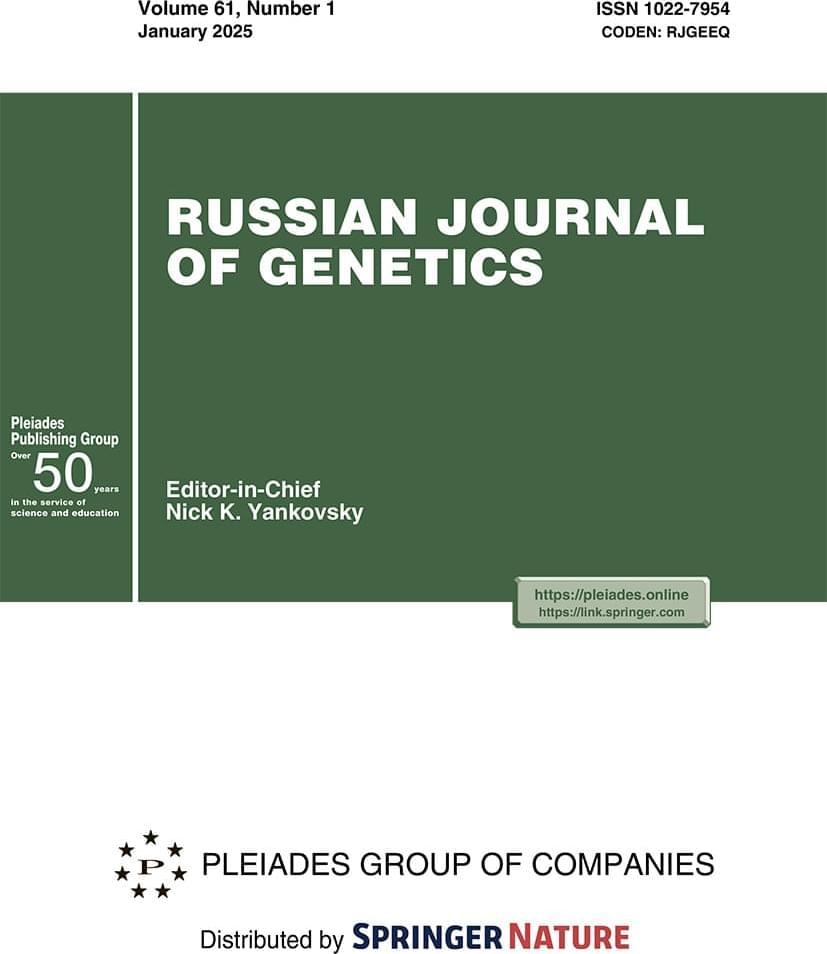
Abstract The review examines modern advances in the genetics of aging and life span. The key molecular mechanisms regulating aging processes at the genetic level are analyzed, including signaling pathways and longevity genes identified in studies on model organisms and through genome analysis of long-lived species. Special attention is given to the insulin/IGF-1 signaling pathway, the role of the FOXO transcription factor, DNA repair systems, epigenetic regulation, and modulation of mTOR and AMPK kinase activity. Results of experimental studies on increasing the life span of model organisms through genetic manipulations and combined approaches are presented.

New research shows how human cells can be effectively ‘recharged’ by replacing their internal batteries – microscopic power stations called mitochondria – and the discovery could have wide-ranging benefits across healthcare and medical treatments.
The stacks of mitochondria in most of our cells naturally decline in numbers, slow down, and wear out with age. Once they start operating below peak capacity, they can contribute to multiple diseases everywhere from the heart to the brain.
In this latest study, researchers from Texas A&M University used special flower-shaped particles called nanoflowers to scavenge damaging oxygen molecules, triggering genes that increase the number of mitochondria in human stem cells.
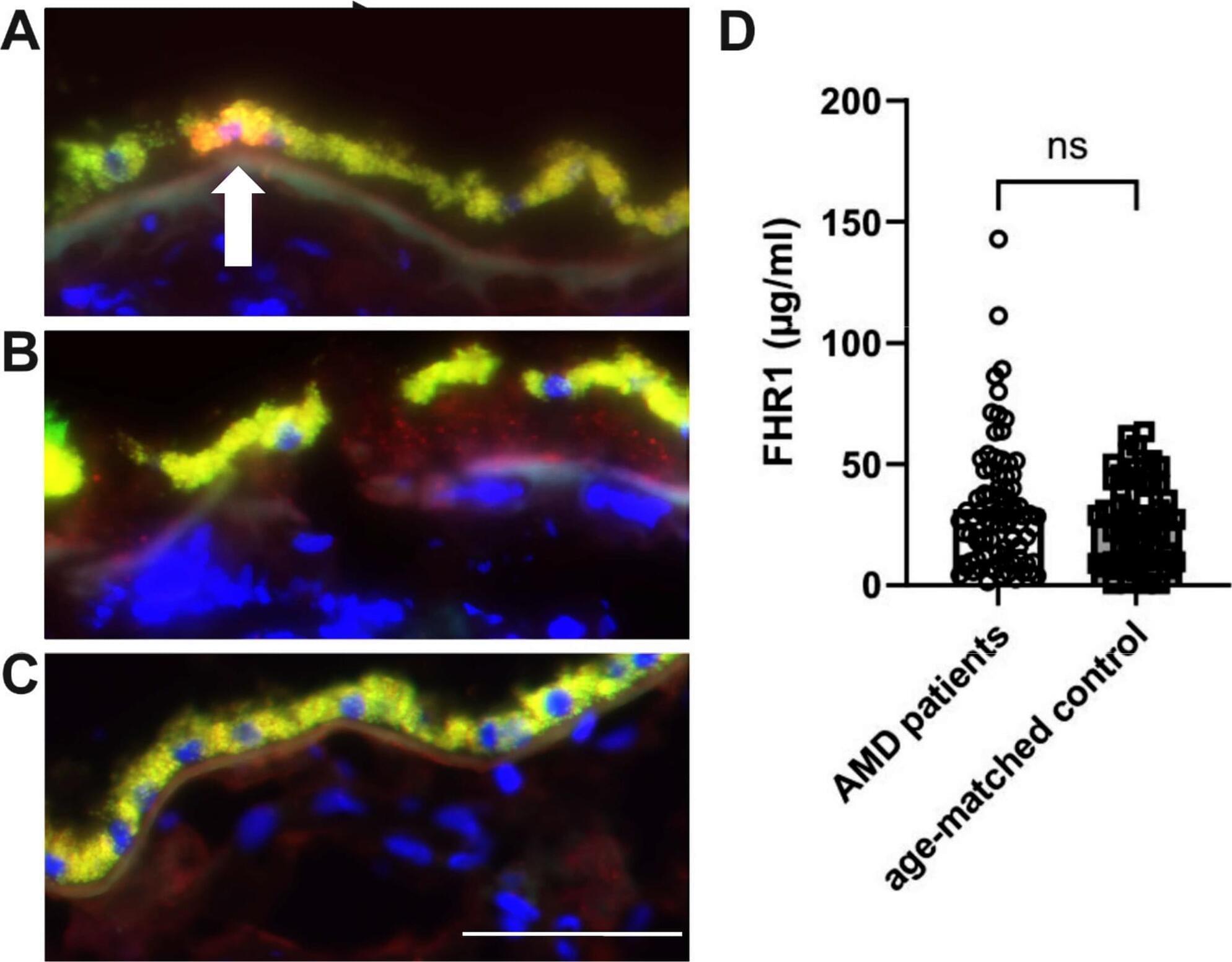
Age-related macular degeneration (AMD), a multifactorial type of retinal degeneration represents the most common cause for blindness in elderly. Polymorphisms in complement factor-H increase, while absence of factor-H-related protein-1 (FHR1) decreases the AMD risk, currently explained by their opposing relationship. Here we identify a FHR1-driven pathway fostering chronic cellular inflammation. FHR1 accumulates below the retinal pigment epithelium (RPE) in AMD donor tissue and similarly the murine homolog, muFHR1 is abundant in three AMD-relevant mouse models. These mouse models express the muFHR1 receptor EGF-like module-containing mucin-like hormone receptor 1 (Emr1) on the RPE and on invading mononuclear phagocytes (MP), where both cells form clusters via muFHR1/Emr1.
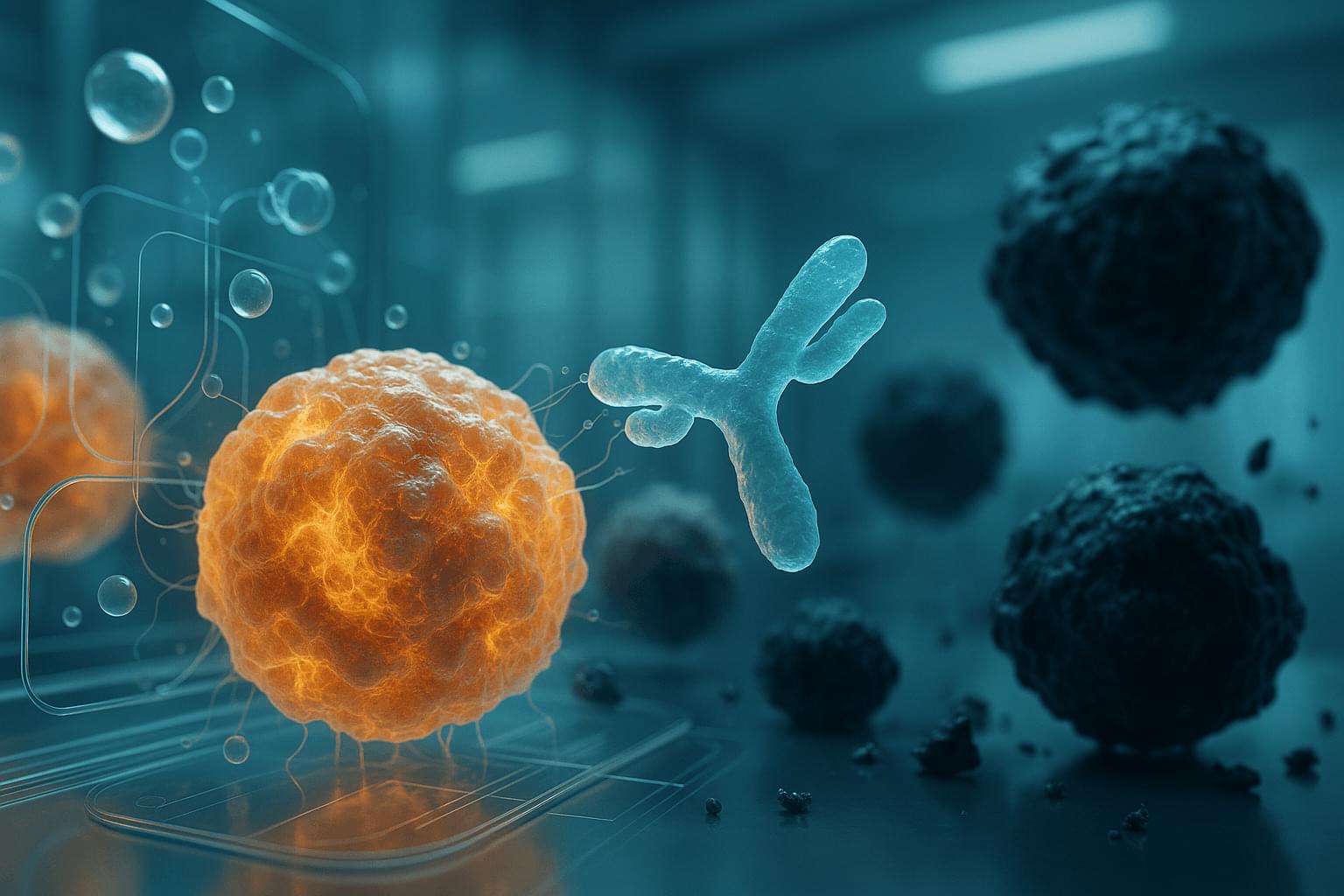

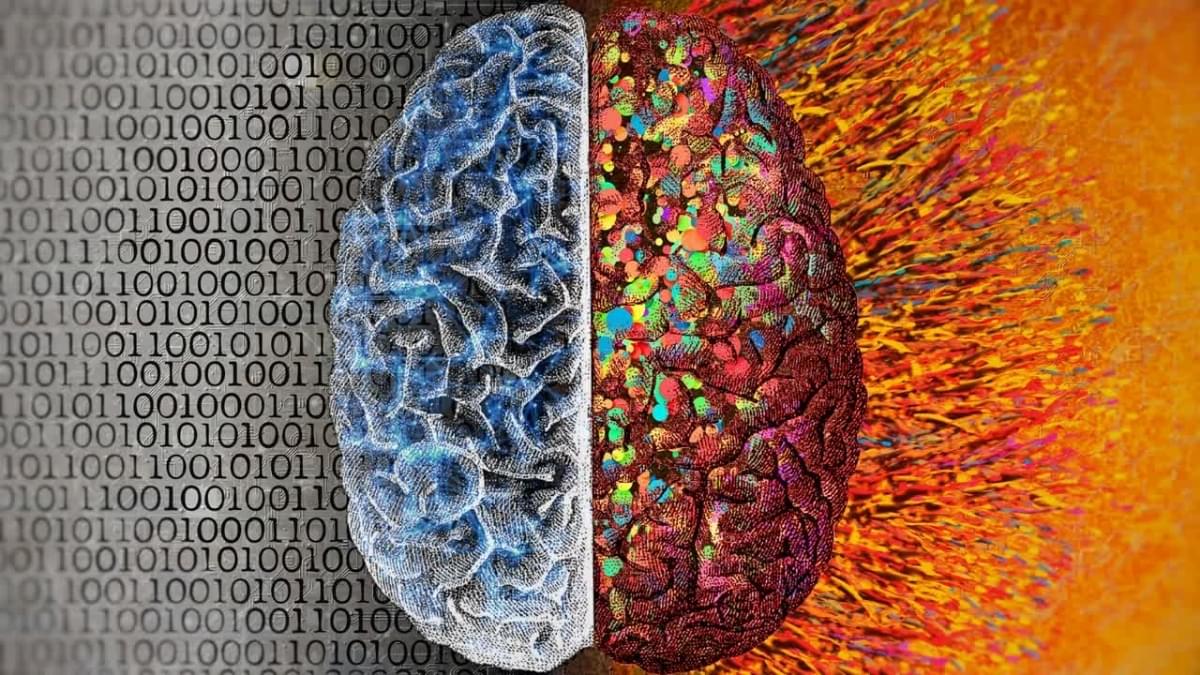
People are living longer than ever around the world. Longer lives bring new opportunities, but they also introduce challenges, especially the risk of age-related decline.
Alongside physical changes such as reduced strength or slower movement, many older adults struggle with memory, attention and everyday tasks.
Researchers have spent years trying to understand why some people stay mentally sharp while others deteriorate more quickly. One idea attracting growing interest is multilingualism, the ability to speak more than one language.